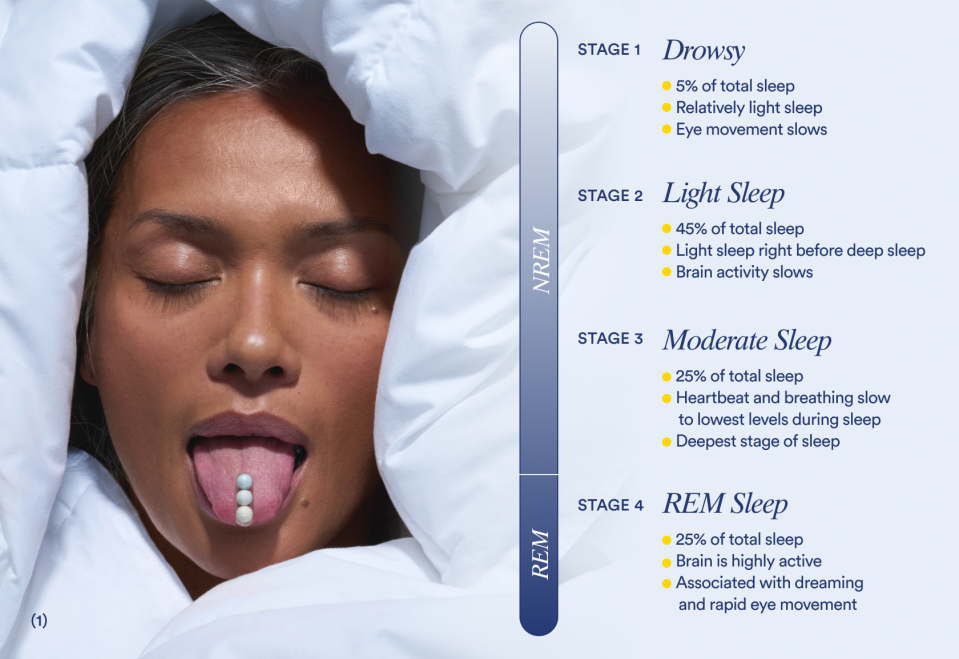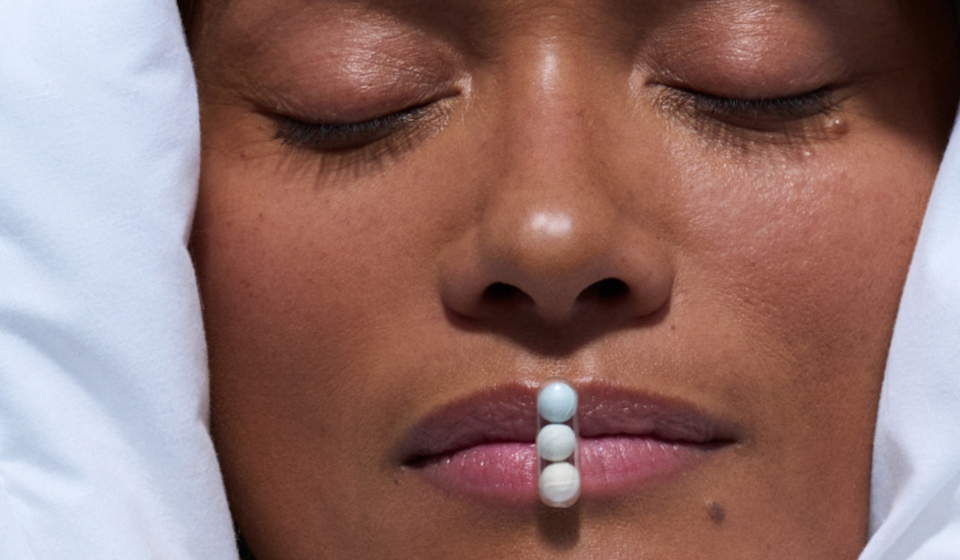Essential Takeaways
• Non-rapid eye movement (NREM) and rapid eye movement (REM) are the two stages of sleep. We need to cycle through both for sleep to be restorative and restful.
• Sleep plays an important role in overall health and well-being, and it’s recommended that adults get around seven hours of sleep every day.
For many people, sleep feels like a reprieve from the busyness of waking hours, but while our consciousness quiets during slumber, our body and brain are working hard to restore, regulate, and grow vital functions. Putting the hours in is one part of the puzzle, but to optimize rest, it’s helpful to understand the stages of sleep.
There are two sleep stages: non-rapid eye movement (NREM sleep) – broken down into three sub-stages – and rapid eye movement (REM sleep). It takes the body approximately 90 minutes to cycle through all these stages, meaning most people experience 4-6 sleep cycles every sleep period. (1)
What Is NREM Sleep?
The sleep cycle starts with NREM (AKA non-rem) stages one, two, and three before progressing to REM and starting all over again. NREM stage one accounts for around 5% of sleep time and is characterized as the transition from wakefulness to sleep. This is the lightest stage of sleep as muscle tone persists and breathing continues at a regular level. (1)











